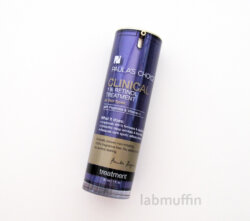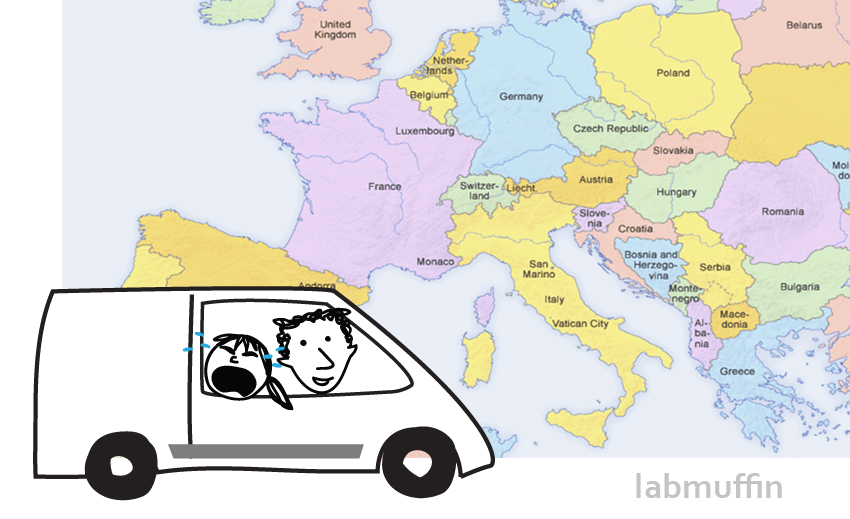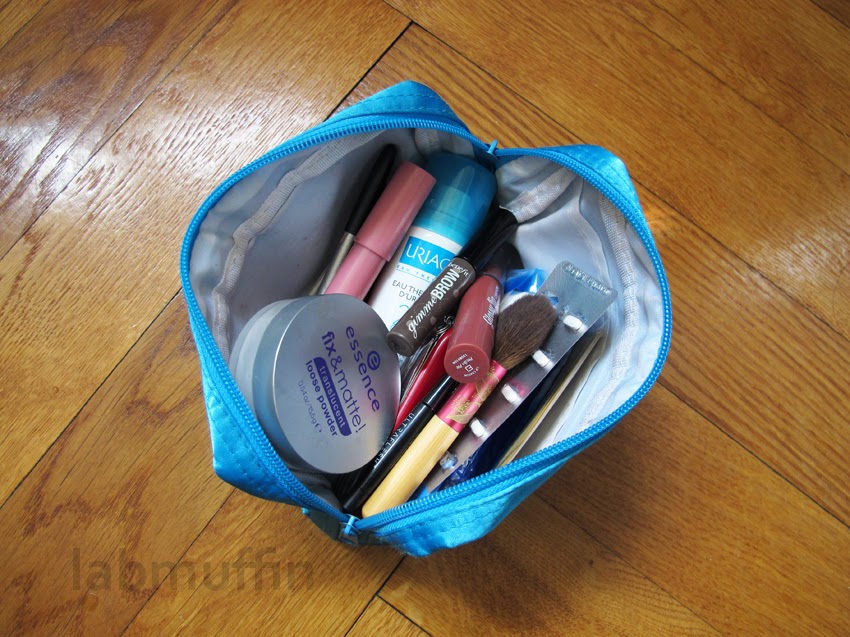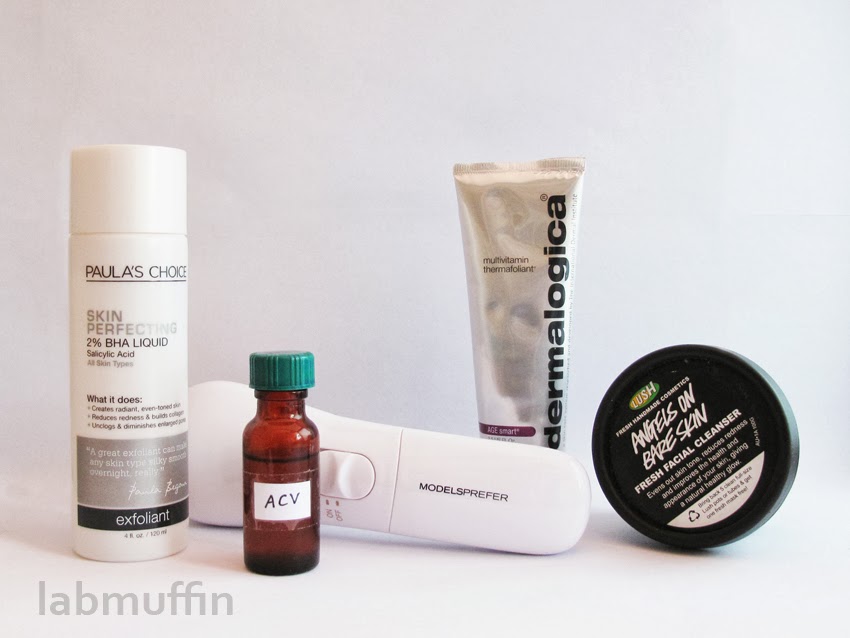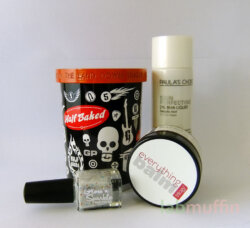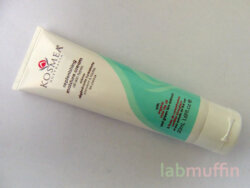Paula’s Choice Clinical 1% Retinol Review and Price Comparison
It’s hard to think of a more formidable figure in science-based skincare than Paula Begoun. She’s been breaking through beauty marketing bullshit for 30 years, and while I don’t necessarily agree with all of her conclusions about skincare ingredients, it’s impossible to deny her positive influence. She launched her brand Paula’s Choice in 1995, featuring affordable and science-backed products, and …
